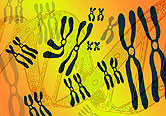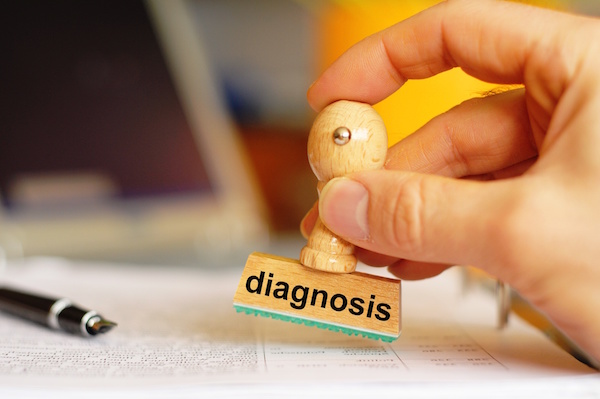
WEDNESDAY, March 17 (HealthDay News) — Plugging certain genetic data into the standard risk-assessment model for breast cancer won’t do much to help gauge a woman’s odds for getting the disease, a new study shows.
Assessing a woman’s breast cancer risk remains a work in progress for doctors. For years, experts have relied on what’s known as the “Gail model,” which asks women seven questions related to family history, medical history and other areas, and then predicts her risk for breast cancer.
Experts have also known that women with mutations in the BRCA1 and BRCA2 genes are at much higher breast cancer risk than women without these mutations.
But more recently, scientists have identified several other genetic variants linked with breast cancer.
So, in a study published in the March 18 issue of the New England Journal of Medicine, researchers decided to add these newer variants to the model and see if it could improve prediction of risk over and above the standard Gail model.
“These variants are common,” noted study co-author Dr. Patricia Hartge, senior scientist and deputy director of epidemiology and biostatistics at the U.S. National Cancer Institute. The variants are known as SNPs — single nucleotide polymorphisms.
They’re not as powerful, however, as the much-cited BRCA1 and BRCA2 gene mutations, Hartge said, and each SNP boosts a woman’s risk much less than the BRCA genes might.
In the study, Hartge and her colleagues evaluated information on both traditional risk factors — such as those assessed by the Gail model and 10 common SNP genetic variants, deriving information and genetic data from four large U.S.-based studies and one large Polish breast cancer study. Women in the studies ranged in age from 50 to 79.
In all, almost 5,600 women from the studies had breast cancer and nearly 6,000 were healthy controls.
The question, Hartge said, was simple: “Does getting your SNPs measured really help with prediction, beyond the simple question of the Gail model?”
After evaluating the data, “we found that it helped some,” Hartge said.
To quantify how much exactly is difficult, she said, but to put it in other words: “Our data showed that women in the top 20 percent of risk score from the Gail model alone would comprise about 29.9 percent of the actual breast cancer cases. Our data also show that women in the top 20 percent of risk score from the Gail-Plus-SNPs model would comprise about 33.6 percent of the actual breast cancer cases. So you see adding the SNPs helps some.”
But for a model to be considered highly effective, women who score in the top 20 percent of risk would have at account for 80 percent of the women who actually ended up with breast cancer, Hartge said.
The study shows that, by that yardstick, the new risk-assessment model just isn’t there yet.
In the future, Hartge said, as more discoveries about genetic variants are made, they can be incorporated into the risk model, hopefully increasing the accuracy of the prediction.
But for now, “based on our current data, we do not recommend that women seek genotyping as a means of better understanding their risk profile,” Hartge said.
Doctors use the Gail model to determine risk and sometimes advise women about preventive measures such as the frequency of mammograms.
In an editorial accompanying the report, Dutch researchers took a “stay tuned” stance.
“For women seeking advice on their personal risk of breast cancer, it is obviously too early to incorporate SNP testing into a counseling procedures, although such tests are already advertised for this purpose on the internet,” they wrote.
Like Hartge, however, the editorial authors — Dr. Peter Devilee of Leiden University Medical Center, Leiden, and Dr. Matti Rookus of the Netherlands Cancer Institute in Amsterdam — predict the performance of these prediction tools will improve over the next decade.
More information
To learn more about breast cancer risk assessment, visit the U.S. National Cancer Institute.

